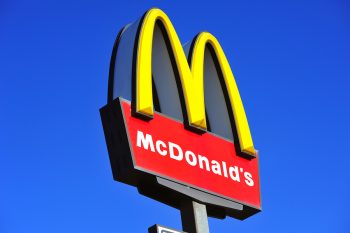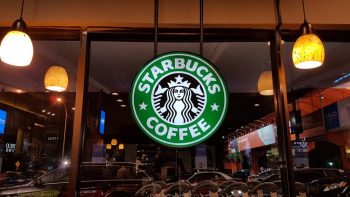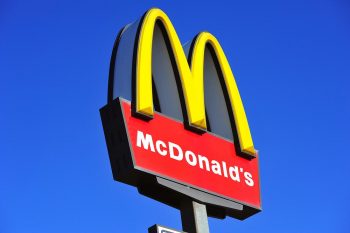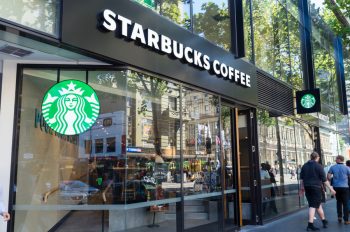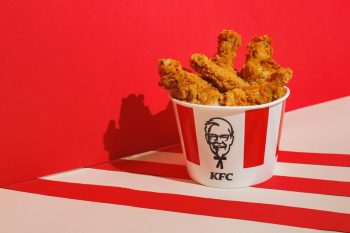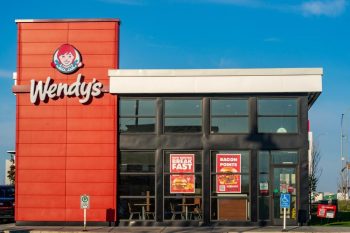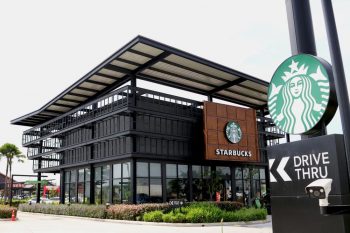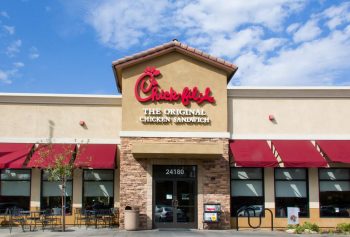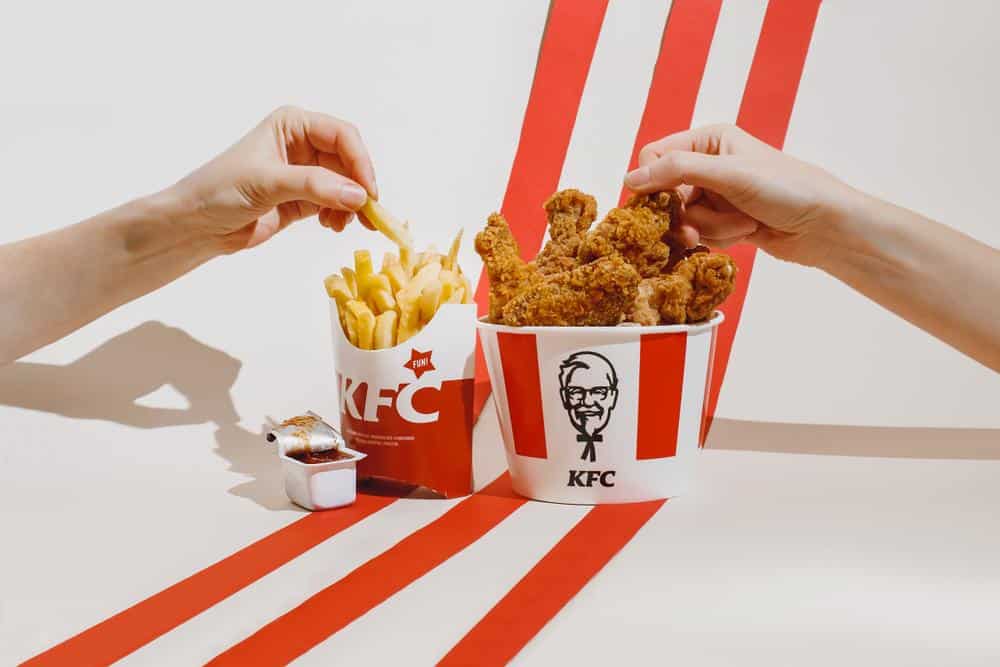
The fast-food industry is highly competitive, with brands continuously looking for ways to stand out and offer customers more value. One strategy that has gained popularity is co-branding, where two or more brands share a physical space. This is the case for KFC and Taco Bell, two popular fast-food chains that are often found together. But why are KFC and Taco Bell together? This article explains the reasons behind this strategy and its impacts.
KFC and Taco Bell are often together because they are both owned by the same parent company, Yum! Brands. This co-location strategy allows the brands to save on costs, attract a wider range of customers, offer more convenience, and leverage each other’s brand recognition. This strategic business decision has led to increased sales, improved customer satisfaction, and growth for both brands.
The Parent Company: Yum! Brands
KFC and Taco Bell are both owned by the same parent company, Yum! Brands. Yum! Brands was created in 1997 as Tricon Global Restaurants, Inc. from PepsiCo’s fast-food division. It operates KFC, Pizza Hut, Taco Bell, and The Habit Burger Grill. The co-location of KFC and Taco Bell began in 1995 when the first such co-brand opened in Clayton, North Carolina.
The Business Strategy Behind Co-Location
The co-location of KFC and Taco Bell is a strategic move aimed at achieving several benefits:
- Cost savings: Sharing a location allows the brands to save on real estate, construction, and operational costs. They can also share resources like staff, kitchen equipment, and utilities, leading to reduced expenses.
- Increased customer traffic: Having two popular fast-food brands in one location can attract a wider range of customers, potentially increasing foot traffic and sales for both brands.
- Convenience for customers: Offering multiple dining options in one location can be more convenient for customers, especially for groups with diverse food preferences. This can lead to higher customer satisfaction and repeat visits.
- Leveraging brand synergies: By colocating, KFC and Taco Bell can benefit from each other’s marketing efforts and brand recognition, potentially increasing the overall visibility and appeal of the shared location.
The Impact on Sales and Performance
The co-location of KFC and Taco Bell has positively impacted their sales and overall performance by enabling them to share resources, cater to a wider range of customers, and capitalize on value deals and digital technology. Both brands have experienced growth in sales, driven by value deals and promotions.
Operational Aspects of Co-Location
Running a combined KFC and Taco Bell has some unique operational aspects. These include managing shared utilities, separate kitchens, cross-trained employees, coordinated marketing efforts, digital integration, and adapting to changing consumer behavior.
The Future Outlook
The future outlook for KFC and Taco Bell’s co-location strategy appears to be positive, with aggressive growth plans by Yum! Brands. The focus on digital sales, international expansion, and innovative restaurant concepts will contribute to the future success of both brands.
In Conclusion
The co-location of KFC and Taco Bell is a strategic business decision that has resulted in numerous benefits for both brands. It’s a prime example of how brands within the same parent company can leverage their resources and brand synergies to increase sales, improve customer satisfaction, and drive growth. Despite the challenges that come with co-location, the strategy has proved successful and continues to shape the future of the fast-food industry.
Frequently Asked Questions
What other brands does Yum! Brands own?
Apart from KFC and Taco Bell, Yum! Brands also owns Pizza Hut and The Habit Burger Grill.
When did the co-location of KFC and Taco Bell begin?
The co-location of KFC and Taco Bell began in 1995 with the opening of the first co-branded store in Clayton, North Carolina.
Why is co-location beneficial for KFC and Taco Bell?
Co-location is beneficial because it allows the brands to save on costs, increase customer traffic, offer convenience to customers, and leverage each other’s brand recognition.
What are some operational aspects of co-locating KFC and Taco Bell?
Operational aspects include managing shared utilities, separate kitchens, cross-trained employees, coordinated marketing efforts, digital integration, and adapting to changing consumer behavior.
What is the future outlook for KFC and Taco Bell’s co-location strategy?
The future outlook appears to be positive, with Yum! Brands planning aggressive growth. This includes a focus on digital sales, international expansion, and innovative restaurant concepts.

